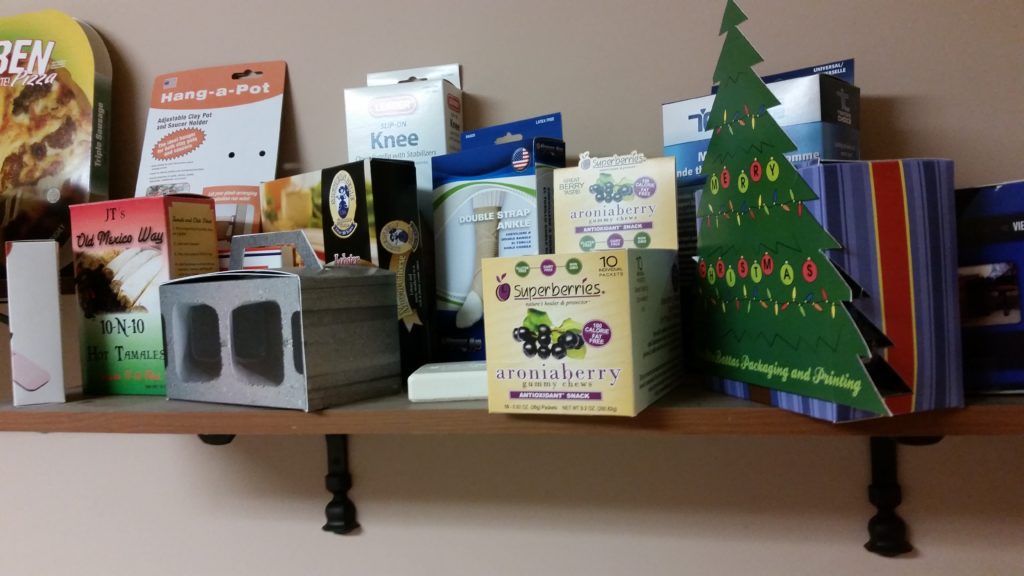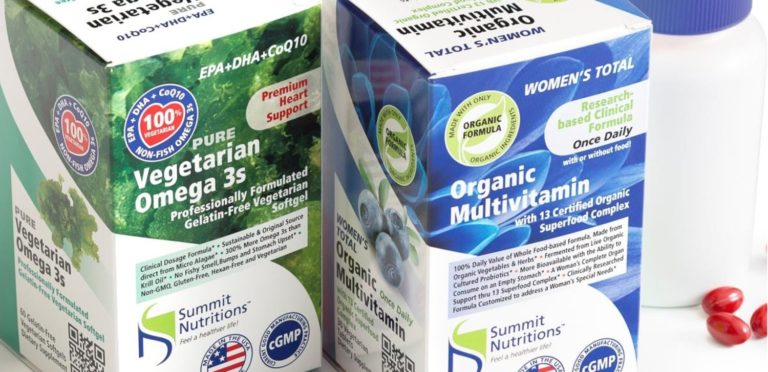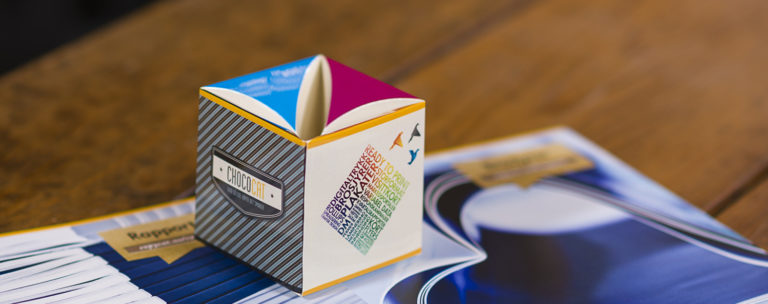Written by Denise Andersen, Packaging and Product Manager, McBattas Packaging and Printing
As a graphic designer, creativity is in my blood. 
Like a chef in the kitchen, I’m most comfortable when I’m behind the computer working on a project for a client. And like that trained chef who masterfully whips together a meal, adding a pinch of this and a dash of that, I enjoy working in ‘smidgens’ and ‘hairs’.
But when it comes to producing quality folding cartons for our clients, I’ve learned the importance of balancing creative flexibility with calculated measurements. With these applications, ‘thousands of an inch’ is the language of choice.
With the help of an extremely powerful set of technologies, our team at McBattas Packaging and Printing can take a customer concept for a carton with a unituck flap and turn it to an autolock bottom in a matter of minutes. Producing extremely unique cartons, such as one shaped like a Christmas tree, for instance, can be done in a snap. Best of all, I don’t have to be an engineer to do it.
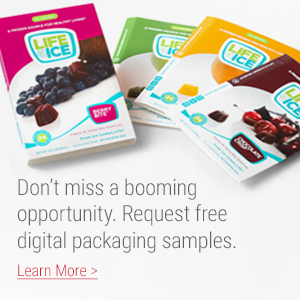
With over two decades of commercial printing and packaging experience, you’d think this was ‘business as usual’ for McBattas Packaging and Printing. But producing packaging like this wasn’t always our expertise.
The first time I designed a packaging prototype, a folding carton to hold pre-cooked bacon, the process was excruciatingly painful. I was given a box to copy, made my dielines in Adobe InDesign and printed a big proof with blue dielines on it. That proof was glued to a piece of board stock, manually cut out with an Exacto knife and then folded together. Because I had no scores for the folds, I had to crease with a ruler. If I hadn’t glued it securely, the prototype would come apart. And if any changes to the design were necessary, I had to start over.
Saying this process was difficult and time consuming would be an understatement. While we could design a good belt sleeve for the automotive industry, producing printed prototypes at scale was completely out of the question. It didn’t look like the folding carton business was for us, and we began to move onto other projects.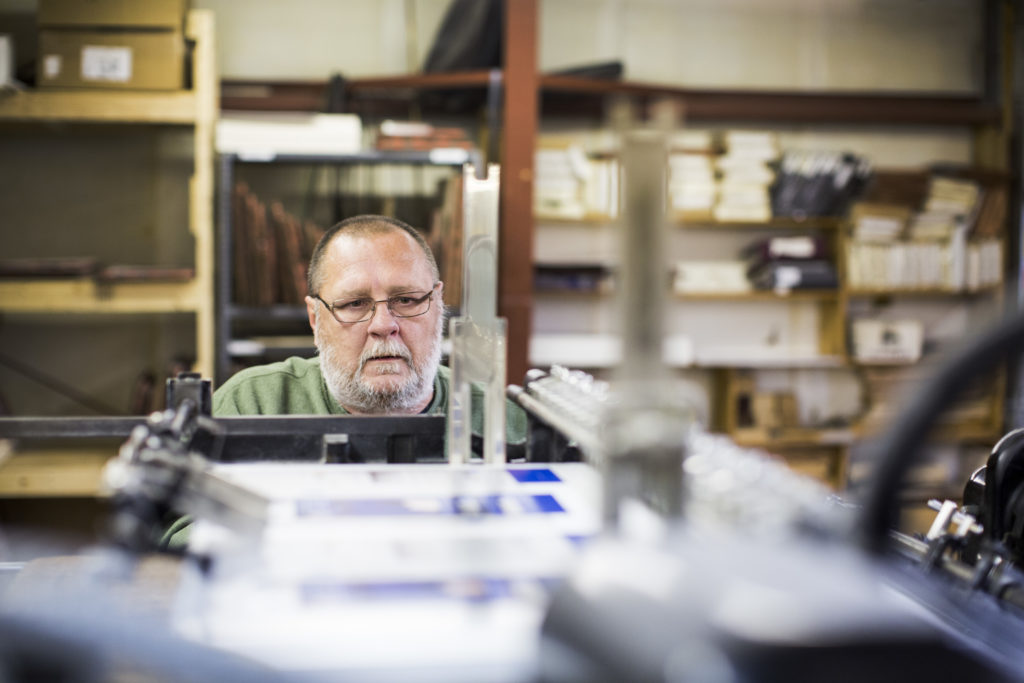
That all changed in 2011 when McBattas acquired a Xerox iGen4 Diamond Edition Press, complete with 26 inch sheet-size capabilities, and two-years later upgraded the press with a Thick Stock option, equipping us with the ability to print on stocks as thick as 24 point or 530 gsm.
With the help of ESKO ArtiosCAD software, an ESKO Kongsberg digital cutter, the Xerox iGen and number of skilled employees trained to use this technology – we can deliver a wide range of packaging solutions on a daily basis. Designs can be tweaked and changes can be made on the fly, with a fully customized folding carton being produced in a matter of minutes.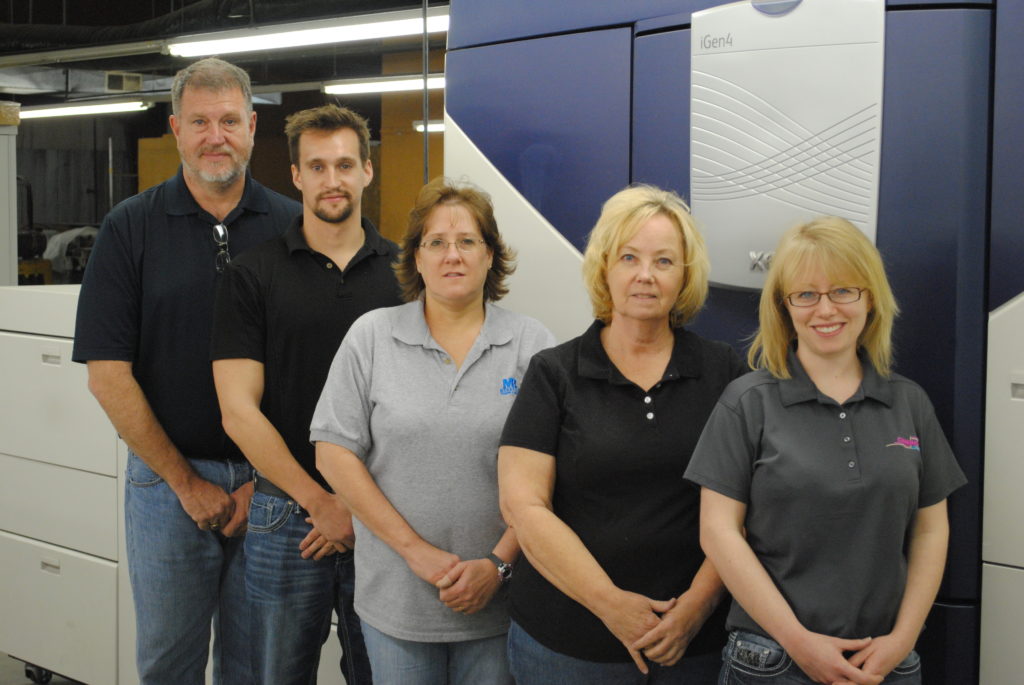
Our customers love the fact that they can request a packaging solution and within days have a working set of dielines and a real box to examine and tweak if needed.
In addition, art can be applied to the box and working samples made to examine before final production begins and before a die is ordered. We can add variable data to the art file so each carton can be personalized.
With these technologies working harmoniously, the sky is the limit when it comes to creativity – and that’s just the way I like it.
